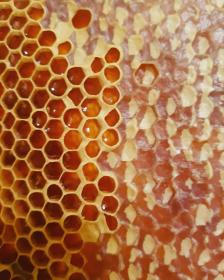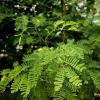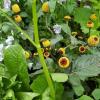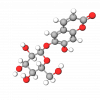The honeybee (Apis Mellifera) produces an organic skincare ingredient made within the cell walls of honeycombs, beeswax, which contains a mixture of fatty acids and esters. A highly fragrant, unrefined, and 'golden as the sun, ' beeswax still retains much of its natural healing and antibiotic properties.
Beeswax is a genuinely fantastic substance secreted from special wax glands located on the underside of the female worker bee's abdomen. It has been estimated that bee flies in the order of 110,000 miles to collect enough plant nectar so that it can secrete just 18 oz of bee's wax! Bees are extremely good bio-chemists and do not collect nectar from 'sick' plants.
Beeswax varies in color from white to yellow through brown to black, and it is believed that the pollen carried by the bee affects the coloration. Local flora on which the bee feeds is responsible for this variation, and pollination of agricultural crops is essential for a food supply. The beeswax is bleached for use in cosmetic preparations. Beeswax is a white to light yellow bead. It is soluble in oils & warm alcohol, and insoluble in water & cold alcohol.
It is used in a range of organic skincare products as a thickener and emulsifier. In addition, beeswax is often used as a barrier to lock moisture into the skin and provide superior hydration to the skin, leaving it soft and supple. Beeswax has anti-inflammatory, antioxidant, skin protective, and softening benefits. In more excellent climatic conditions, it may create a firmer textured product, which is quite normal – once in contact with the skin, it will soften up.When applied to the skin, beeswax forms an open network type of film rather than a totally impermeable membrane. As a result of this permeability, beeswax provides an excellent 'all natural' base for transporting essential nutritional and healing components directly to the skin while also helping to seal and protect key constituents against oxidation and the ravages of time.
Beeswax is typically used in 2-40%. It is used to give hardness and moisturization to lip balms, creams, lotions, pomades, balms, ointments, lipsticks, mascara, foundations, eye shadows, cold creams, and protective creams.










